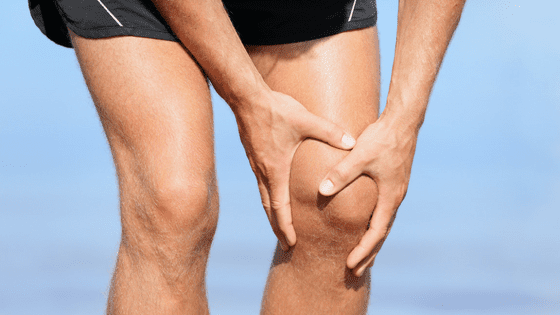As it helps athletes quickly recover from certain injuries, the platelet-rich plasma (PRP) prolotherapy has become an emerging treatment in sports medicine. High-profile athlete, Tiger Woods, for instance, shared he received four PRP treatments following a knee surgery and had a surprisingly fast recovery.
Is PRP Only for the Athletes?
This treatment, however, isn’t only for the athletes. It also works best for chronic tendon and ligament sprains that have failed to get better with other conservative treatment. Thus, people who suffer from the following condition can benefit from PRP prolotherapy:
* Hamstring and hip strains
* Ankle sprains
* Knee sprains and instability
* Rotator cuff injuries
* Shoulder pain and instability
* Other chronic tendon and ligament problems
In addition, PRP can be very helpful in managing the symptoms of many cases of osteoarthritis, such as a knee, hip joint, and shoulder arthritis. The treatment helps reduce pain in the roughened and arthritic cartilage of the patients.
How Does PRP Work?
The treatment starts with drawing blood from the patient and then placing it in a special centrifuge that separates and discards the red blood cells. The remaining platelets will get highly concentrated, and they will be used for the treatment.
While platelets are often associated with clot formation, they are also essential for injury healing. Platelets, after all, are extremely rich in connective tissue growth factors. In PRP prolotherapy, the concentrated plasma rich with platelets full of tissue growth factors is injected into damaged tendons, ligaments, and joints to stimulate a natural repair process.
On average, most patients begin to notice signs of improvement anywhere from four to eight weeks after the treatment. These include an ability to do more activity because of the reduced symptoms, less overall pain, and/or faster recovery from the injury.
If you want to know more about platelet-rich plasma prolotherapy, don’t hesitate to contact ActiveMed Integrative Health Center.




